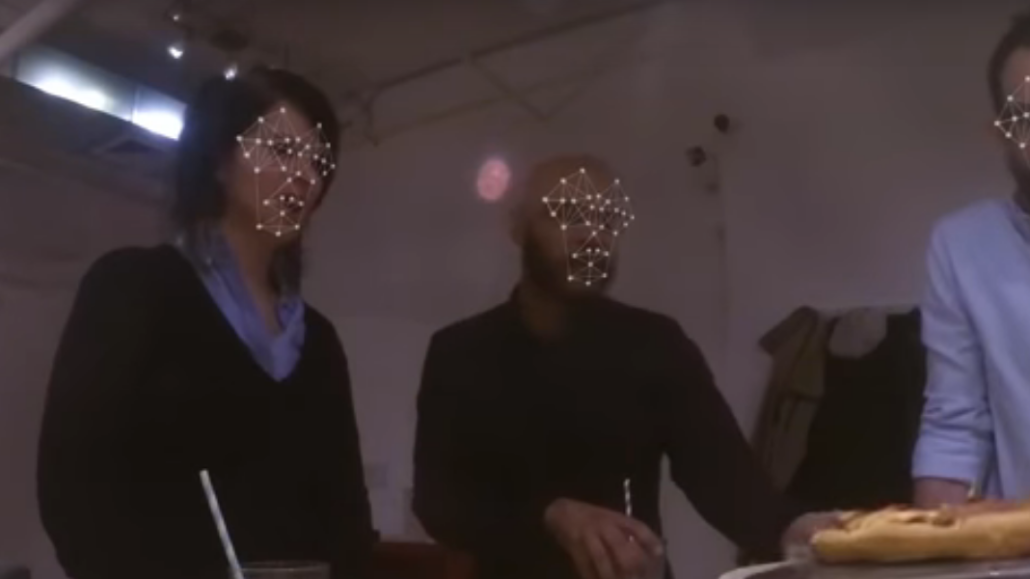DiGiorno pizza used facial recognition to show how much people love pizza

Everyone loves pizza — or, at least, that’s what DiGiorno wants to prove.
The Nestlé frozen pizza brand recently used facial recognition and emotion tracking software to measure people’s reactions to pizza. For the stunt, DiGiorno enlisted 24 everyday people to host three separate parties with friends and family at a loft in New York City.
At each of the parties, more than 40 high-resolution cameras were installed to use facial recognition and emotion-tracking software to gauge guests’ reactions. The footage was then processed using custom software to map the attendees’ expressions in response to the pizza’s smell and sight.
The recorded video footage was broken down to images at five-second intervals, and then processed through the facial analysis software. People’s emotional patterns — including joy, sorrow, anger, fear and surprise — were calculated with Google’s Vision API on a scale of 0-4. The joy scores were averaged on a per minute basis (only by participants that displayed it) and subtracted from the initial level of joy that they felt upon arriving at the party to calculate the joy they felt in reaction to each stimulus.
The results showed that at each party, guests were the happiest when they smelled pizza while it was being baked, even more so than when they were actually eating it. DiGiorno also found that the guests’ moods improved by 18 percent when the pizza went into the oven, by 20 percent when the pizza was taken out of the oven, by 11 percent when the host cut the pizza, and by 11 percent when guests had their first bite.
According to Chris Brody, senior brand manager at DiGiorno, said the goal was to show how Digiorno pizza elevates social occasions. But after conducting it, the brand realized that it could also use its results to connect with its audience.
“We were looking for a fun, unique way to talk about pizza,” he said. “Not just the product, but to rather showcase the full experience of baking a pizza in your own oven.”
Weber Shandwick and Golin led creative and executed the social experiment, while the Reach Agency created social content to push across the brand’s social channels and use it for digital pre-roll ads across a variety of websites that it has paid media partnerships with. The brand also developed a custom #PowerOfPizza Twitter emoji for people to share on social media.
More in Marketing

‘A multi-model world’: Microsoft’s CEO says the future of AI is orchestration, not one single model
Microsoft’s CEO just handed ad execs a survival guide for the agentic era.

OpenAI is hiring engineers, not ad sellers, first to build its ad business
OpenAI is focused on constructing the machine before worrying about selling what comes out of it.

A step toward compliance: the creator economy addresses disclosure and liability risks
The Institute for Responsible Influence will offer a creator certification program to standardize disclosures and increase creator accountability.








